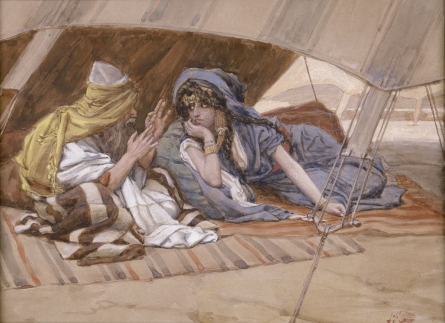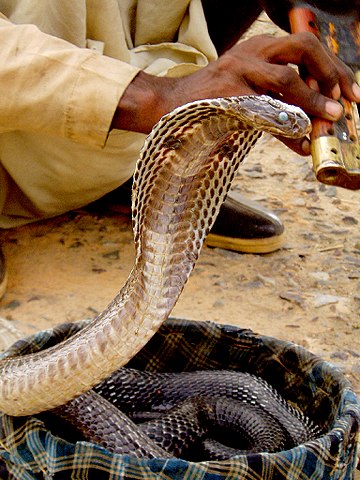We just learned about
Abraham from the Bible.
Abraham's wife in the Bible was named
Sarah.
Just like Abraham started out as Abram, Sarah's name started out as Sarai.
When Sarai traveled with Abram to Egypt, Abram was worried that bad people might hurt him so they could take Sarai from him, so he lied and said she was his sister.
The Pharaoh took Sarai as his wife, but then bad things like plagues came to his kingdom.
He found out that Abram had lied, so he made him leave Egypt.
Sarai was sad because she could not have any children for a long time.
When she was 90 years old God told her she would have a child!
She laughed because she thought she was too old, but she did have a son the following year.
God was happy with Sarai and changed her name to Sarah.
The Bible tells the story of Sarah in Genesis Chapters 11 - 23.

(from: wikipedia -
sarah)
Kid Facts - Blast from the past: Paul's Letter to Philemon







